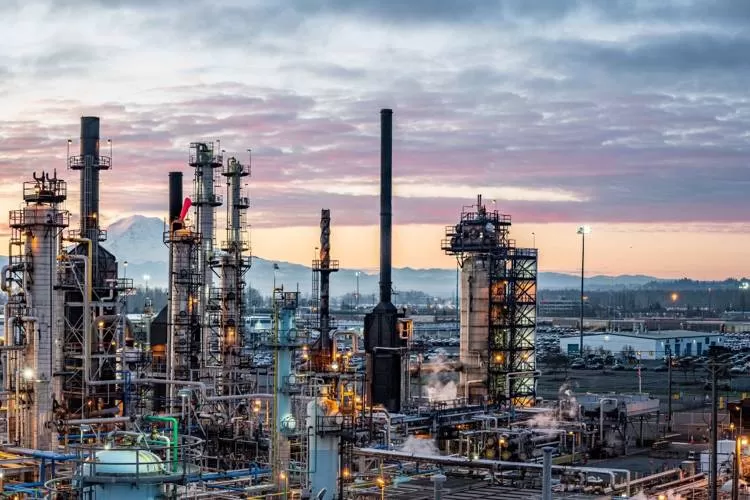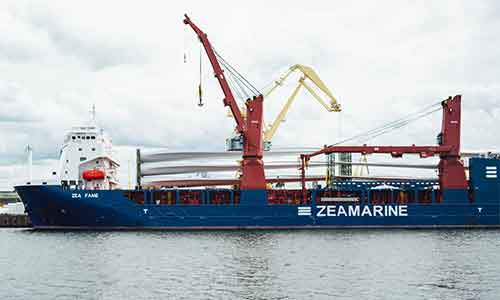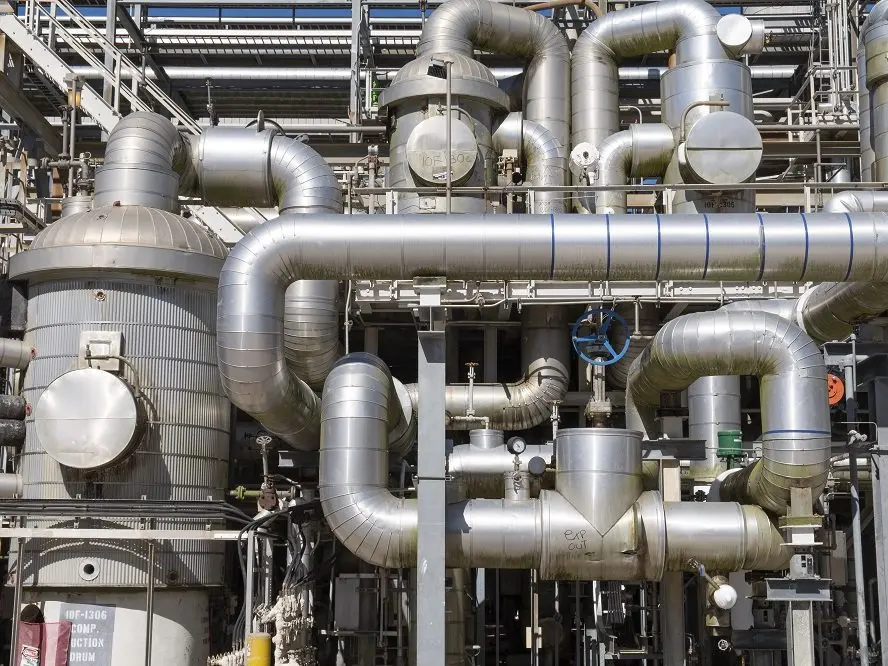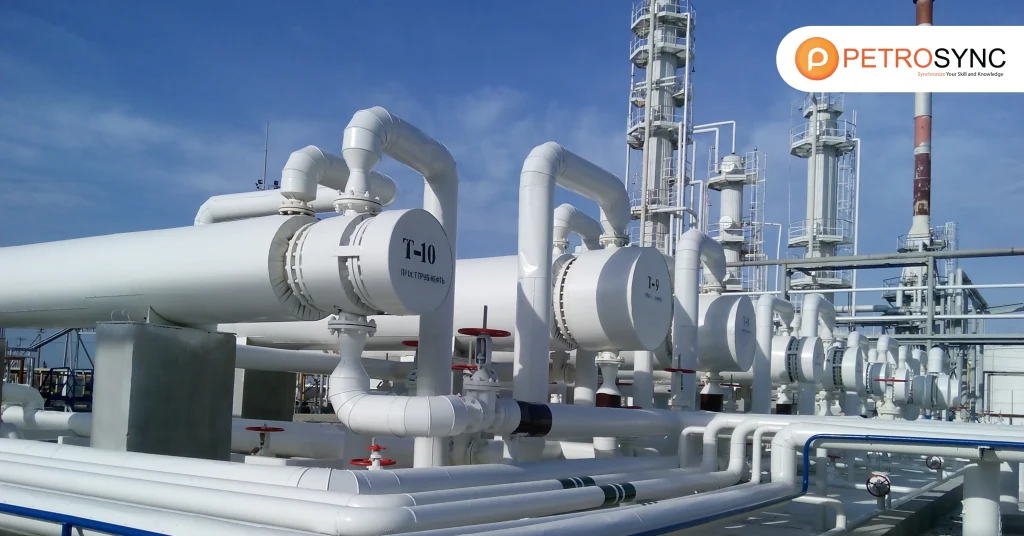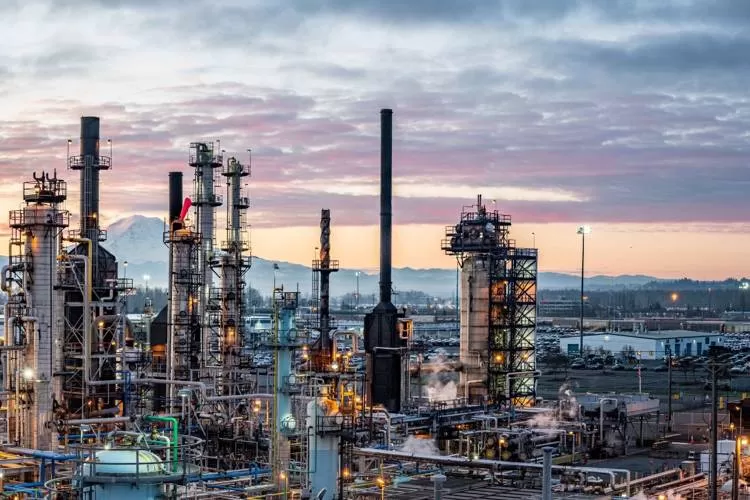Understanding Heat Exchangers
Heat exchangers play a critical role in various industrial applications, acting as the lifeblood of thermal management systems. The primary function of a heat exchanger is to efficiently transfer heat from one medium to another, enhancing the functionality of systems that require precise temperature control. A well-optimized heat exchanger ensures system longevity, minimizes energy consumption, and increases overall efficiency.
Key Heat Exchanger Components
Among the crucial heat exchanger components, the design and material of the heat exchanger itself are paramount. The finned tube, for example, is a stellar epitome of industrial elegance and efficiency. Finned tubes are designed to transform thermal management systems, providing superb heat transfer capabilities. Their careful design, characterized by intricately formed fins, maximizes surface area and enhances heat transfer efficiency which is essential for systems that demand optimal thermal conductivity.
Types of Heat Exchangers
Heat exchangers come in various forms, including industrial heat exchangers, plate heat exchangers, and shell and tube heat exchangers.
1. **Industrial Heat Exchangers**: These heavy-duty units are built for rigorous industrial applications and are critical for maintaining energy efficiency in large-scale operations.
2. **Plate Heat Exchangers**: Known for their space-saving design and high efficiency, plate heat exchangers are ideal for applications where space and efficiency are at a premium.
3. **Shell and Tube Heat Exchangers**: These are versatile and robust options, often featuring our state-of-the-art finned tubes, providing excellent thermal conductivity and efficiency in demanding environments.
Benefits of Advanced Thermal Equipment
Modern thermal equipment, including advanced heat exchangers, significantly enhances system performance. By integrating advanced components like finely polished finned tubes, we see improved corrosion resistance and reduced friction, which are crucial for maintaining sustained performance across various thermal applications. These improvements highlight the importance of precision engineering and innovative design.
Thermal Insulation and Hydronic Heating Systems
Additionally, implementing effective thermal insulation and integrating hydronic heating systems are vital for optimizing heat exchange systems. Thermal insulation minimizes heat loss, ensuring the system operates at peak efficiency, while hydronic heating systems provide controlled heat distribution, improving overall system performance.
Future of Heat Exchange Solutions
Embracing advanced materials and precision engineering in the design of heat exchanger components is shaping a new era of industrial capability. Companies investing in high-quality thermal exchange components not only enhance operational efficiency but also contribute to a more sustainable future, reflecting a commitment to quality energy exchange and innovative solutions in thermal management systems.

